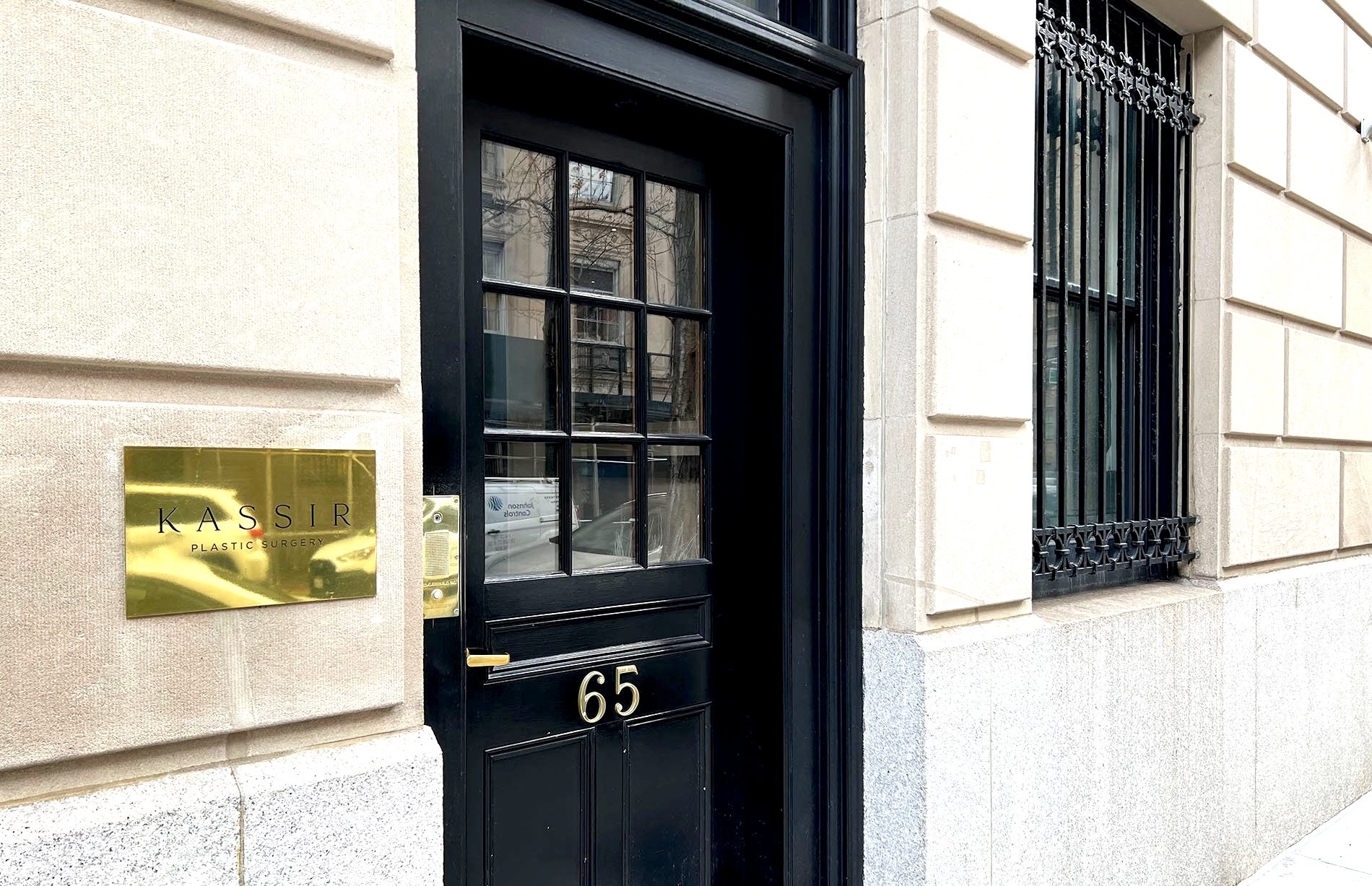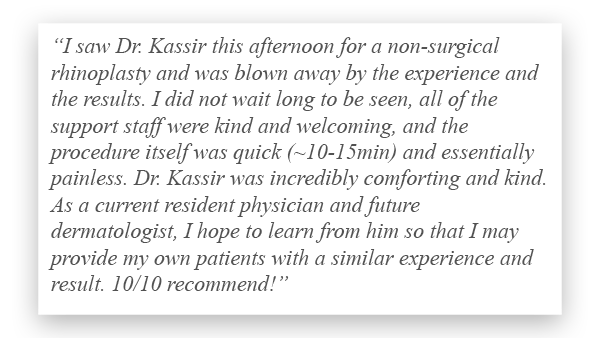
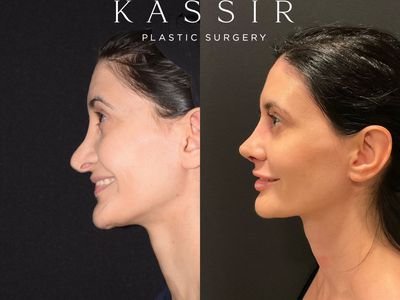

Best Revision Rhinoplasty Surgeon in New York
Revision rhinoplasty is necessary in certain situations, where it has been determined that after the primary procedure anatomical abnormalities remained and/or when the patient is not satisfied with the appearance of their nose following a primary rhinoplasty or “nose job” - after the recovery period is over and the nose completely heals. Often the first procedure over-corrected a problem or was overly aggressive. This can lead to a number of problems such as breathing deficits, areas of collapse and problems with the cartilage.
Why Patients Choose Dr. Kassir for their Revision Rhinoplasty
Based on Dr. Kassir's excellent revision rhinoplasty reputation, patients come from far and wide. He makes sure they know what outcomes are attainable by doing a revision rhinoplasty procedure and whether the patient's expectations can be reached. He often feels that there is an advantage to being the secondary surgeon on a nose, as he can observe the outcome of the primary procedure and can better predict the outcomes of the second. It's also very important to be experienced in nasal reconstruction after trauma or cancer, because all the reconstructive techniques and experience allow him to be able to correct the deformed noses in revision rhinoplasty surgery. As you can see below Dr. Kassir has reconstructed a nose after cancer surgery. He also performs cleft palate reconstruction, and this also helps his ability to properly assess and treat revision cases.
When performing revision rhinoplasty, Dr. Kassir thinks it is important to address not only the aesthetic issues or the way the nose looks, but also the functional issue of breathing problems, because as he says “it's important to look good and breathe well, especially in athletes”. You have to address the emotional concerns of patient who has been affected by one or more previously undesirable results, as they have lost trust.
The Revision Rhinoplasty Process
Many times, revision rhinoplasty or redo nosejob requires a nose to be reduced in size. Common problems include a nasal hump being left behind (bump on the bridge called a pollybeak deformity, where too much has been taken off the upper 1/3 of the nose and not enough off the lower 2/3 of the nose), a tip remains wide and lacks definition, a tip is still droopy, or the nostrils are too wide. Because the problems are different for each patient, the revision rhinoplasty surgery needs to be customized to each individual's unique problems. The maneuvers necessary may be as simple as removing some more cartilage or bone, or reshaping the cartilages of the nose. Other times the nose needs to be restructured by adding cartilage support and grafts; if too much cartilage is removed with a revision rhinoplasty the nose will collapse. Performing cartilage grafting is necessary when the results of a rhinoplasty give an unnatural "pinched tip", "pig nose" or a collapsed middle bridge called an inverted V deformity.
Dr. Kassir specializes in revision rhinoplasty in NJ, using your own body's cartilage and bone for restructuring the nose instead of synthetic implants like Gore-tex , Medpor, or silicone. To restructure the nose in revision rhinoplasty surgery, Dr. Kassir prefers to use your body's natural cartilage instead of implants (such as silicone, Gore-Tex or Medpore) as foreign substances have a tendency to become infected or are pushed out of the nose (extruded). This can happen as early as the first few months after surgery, other times implants become infected years following surgery.
Structural cartilage grafts are often required due to collapse of the nasal tip and twisting of the nose from overly aggressive or poorly executed rhinoplasty surgery. Revision rhinoplasty is often performed with cartilage from the nasal septum. When it is not available due to prior surgery, cartilage from the ears or ribs can be used. In the most severe cases calvarial bone from the skull can be harvested and used to re-structure a completely collapsed nose called a "saddle nose." Dr. Kassir, a revision nose surgery expert in NJ, also likes to camoflage any subtle defects in the contour of the nose with either the patients own tissue (temporalis fascia) or Alloderm.
Revision Rhinoplasty Recovery
The recovery after revision rhinoplasty is usually shorter and less extensive than after primary rhinoplasty surgery. The splint, which will be applied to the nose after surgery, will be removed within about one week. At this time, stitches may be removed as well. Patients can generally expect to experience less pain as well as less bruising and swelling. Most of the bruising will fade within about ten days, though the swelling may take several months to fully dissipate. Most revision rhinoplasty patients find that they are well enough to return to work after one week, though you will be advised to refrain from rigorous activities and sun exposure for several weeks or longer.
How much does Revision Rhinoplasty Cost
The cost of revision rhinoplasty can vary widely depending on several factors, such as the surgeon's experience and reputation, the complexity of the procedure. The average cost of revision rhinoplasty in the New York can range from $10,000 to $50,000, although it can be higher in some cases. This cost covers the surgeon's fees but can increase due to anesthesia fees, facility fees, and any necessary medical tests or post-operative care.
In some cases insurance can cover part of the cost if there is a functional component to it. The best is to consult with our physicians to get a clear understanding in what is need in your case. The most important thing is that your surgeon has experience in revision rhinoplasty surgery, as these case can be much more challenging.
“Dr. Kassir, I justed to say how thankful I am to have you as my doctor. Not only are you a brilliant doctor and surgeon, but a great person. The kindness, generosity, comfort and patience you showed me will be remembered forever. You helped me in one of my most difficult times and for that I am so grateful. You far exceeded the expectations of what I thought my nose could look like again (and feel like) and I am so happy again because I am so happy again because of you from the bottom of my heart, thank you All my love, Alyssa”
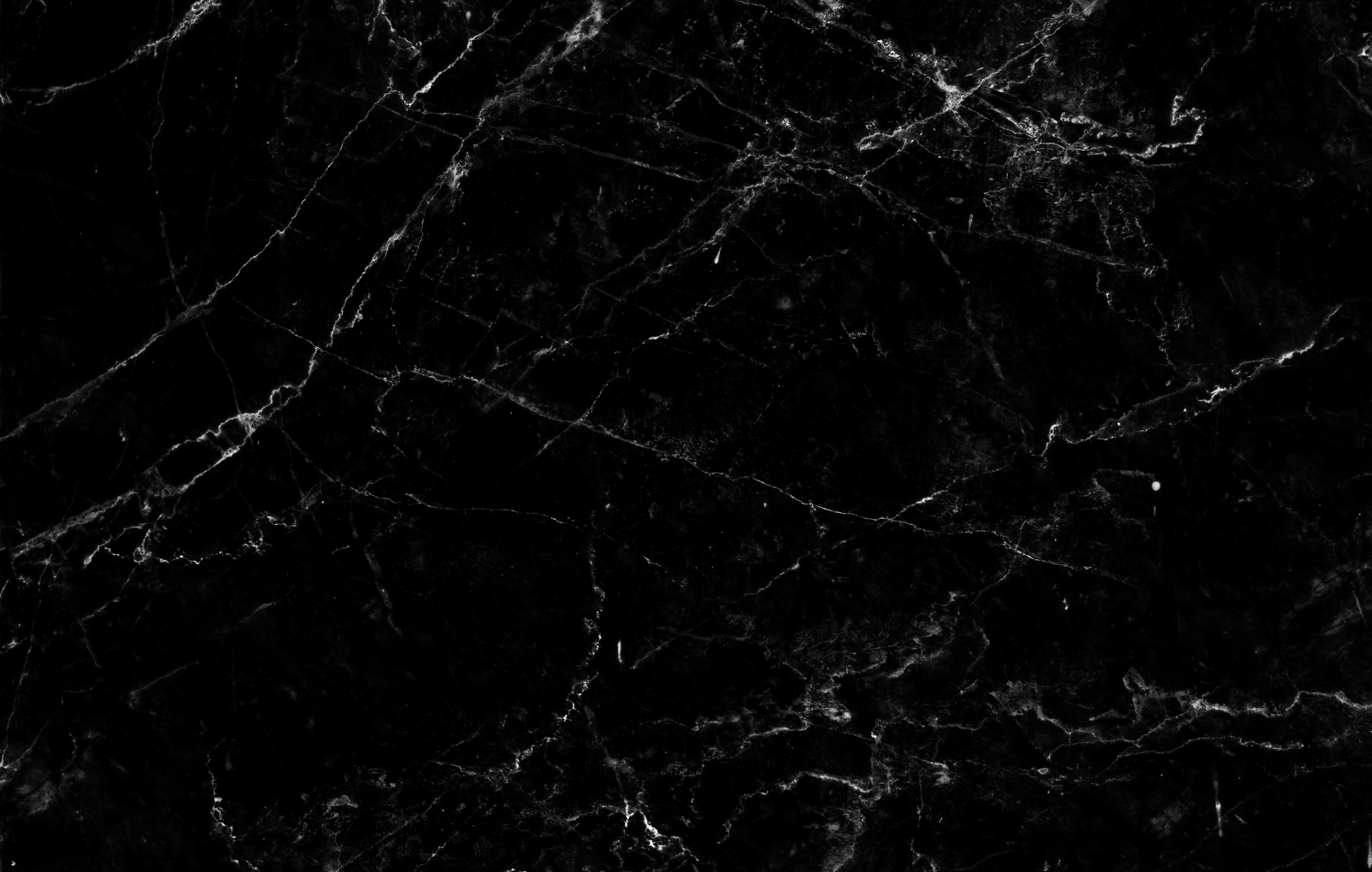
Revision Rhinoplasty Before and After Gallery


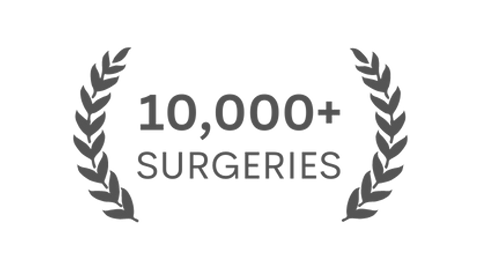
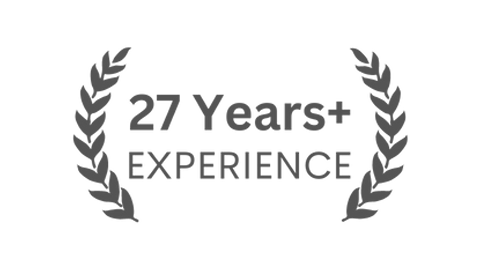
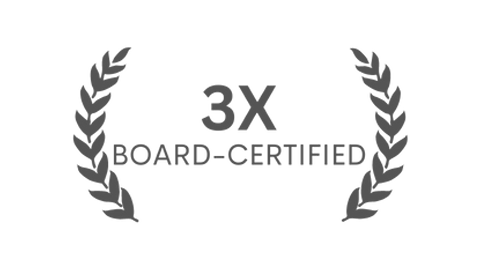
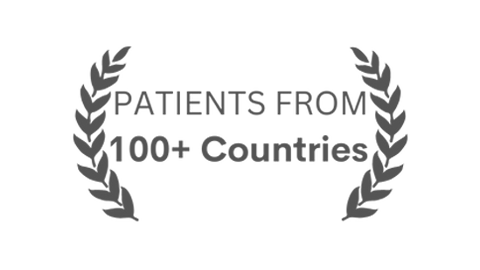
Frequently Asked Questions about Revision Rhinoplasty
-
There are many factors that determine whether or not patients are good candidates for secondary (revision) rhinoplasty. The number of prior surgeries is less important than the quality and characteristics of the nasal skin, framework, and the amount of scar tissue present. Other factors include the extent of the deformities, the risk:benefit ratio of correcting problems without causing addtional ones, and also the patient's psychological stability. These are all factors that must be addressed on an individual basis in a one-on-one setting. Careful analysis of the patients photographs and the expectations for surgery need to be addressed. Finally, revision rhinoplasty should usually be performed by a rhinoplasty surgeon who specializes in revision surgery.
-
Recovery after a revision rhinoplasty can take longer than the first surgery. Generally, the nose will be more swollen and the swelling will persist longer. It is not uncommon for patients to have slight discoloration of their skin after a secondary (revision) surgery because the skin has been traumatized by the multiple surgeries. Fortunately, with time these problems should resolve. Dr. Kassir visits with you so he or she can reassure you that what you are experiencing is normal for this phase in the recovery period.
-
Each case is different, and although waiting for the nose to fully heal is generally wise, postponing revision surgery for 12 months is not always justified. The decision to re-operate should be made jointly between the patient and Dr. Kassir after careful consideration of the risk factors and prospects for improvement. Patients have been revised in the first 4-6 months following a failed rhinoplasty with excellent surgical results. On the other hand, some patients are also discouraged from a hasty and impulsive attempt at a quick revision, only to eventually confirm that further surgery was unnecessary. A knowledgeable and experienced revision rhinoplasty surgeon like Dr. Kassir can usually determine the appropriate time for a successful revision rhinoplasty.
-
OverviewDetail
What is Revision Rhinoplasty?Why Patients Choose Dr. Kassir for their Revision Rhinoplasty Surgery:The Revision Rhinoplasty ProcessRevision Rhinoplasty RecoveryFrequently Asked Questions About Revision Rhinoplasty
Before & After GalleryPatient StoriesBlogQuestions & AnswersRelated ProceduresHome | Procedures | Revision RhinoplastyRevision Rhinoplasty
Dr. Kassir is the best revision rhinoplasty surgeon in New Jersey. Having mastered techniques and experience in multiple types of revision rhinoplasties; Dr.Kassir is able to assess the changes needed during consult and craft an individual plan to restore your nose to it's desired shape.
nj plastic surgery videoFirst Name*
Last Name*
Date of birth
---
---
---
Email
Phone
Dr. Kassir, I justed to say how thankful I am to have you as my doctor. Not only are you a brilliant doctor and surgeon, but a great person. The kindness, generosity, comfort and patience you showed me will be remembered forever. You helped me in one of my most difficult times and for that I am so grateful. You far exceeded the expectations of what I thought my nose could look like again (and feel like) and I am so happy again because I am so happy again because of you from the bottom of my heart, thank you All my love, Alyssa
— Anonymous, April 17, 2019
ABOUT REVISION RHINOPLASTY
by Ramtin Kassir, M.D., F.A.C.S. | Learn More About Dr. Kassir >
What is Revision Rhinoplasty?
Revision rhinoplasty is necessary in certain situations, where it has been determined that after the primary procedure anatomical abnormalities remained and/or when the patient is not satisfied with the appearance of their nose following a primary rhinoplasty or “nose job” - after the recovery period is over and the nose completely heals. Often the first procedure over-corrected a problem or was overly aggressive. This can lead to a number of problems such as breathing deficits, areas of collapse and problems with the cartilage.
Why Patients Choose Dr. Kassir for their Revision Rhinoplasty Surgery:
Based on Dr. Kassir's excellent revision rhinoplasty reputation, patients come from far and wide. He makes sure they know what outcomes are attainable by doing a revision rhinoplasty procedure and whether the patient's expectations can be reached. He often feels that there is an advantage to being the secondary surgeon on a nose, as he can observe the outcome of the primary procedure and can better predict the outcomes of the second. It's also very important to be experienced in nasal reconstruction after trauma or cancer, because all the reconstructive techniques and experience allow him to be able to correct the deformed noses in revision rhinoplasty surgery. As you can see below Dr. Kassir has reconstructed a nose after cancer surgery. He also performs cleft palate reconstruction, and this also helps his ability to properly assess and treat revision cases.
When performing revision rhinoplasty, Dr. Kassir thinks it is important to address not only the aesthetic issues or the way the nose looks, but also the functional issue of breathing problems, because as he says “it's important to look good and breathe well, especially in athletes”. You have to address the emotional concerns of patient who has been affected by one or more previously undesirable results, as they have lost trust.
The Revision Rhinoplasty Process
Many times, revision rhinoplasty or redo nosejob requires a nose to be reduced in size. Common problems include a nasal hump being left behind (bump on the bridge called a pollybeak deformity, where too much has been taken off the upper 1/3 of the nose and not enough off the lower 2/3 of the nose), a tip remains wide and lacks definition, a tip is still droopy, or the nostrils are too wide. Because the problems are different for each patient, the revision rhinoplasty surgery needs to be customized to each individual's unique problems. The maneuvers necessary may be as simple as removing some more cartilage or bone, or reshaping the cartilages of the nose. Other times the nose needs to be restructured by adding cartilage support and grafts; if too much cartilage is removed with a revision rhinoplasty the nose will collapse. Performing cartilage grafting is necessary when the results of a rhinoplasty give an unnatural "pinched tip", "pig nose" or a collapsed middle bridge called an inverted V deformity.
Dr. Kassir specializes in revision rhinoplasty in NJ, using your own body's cartilage and bone for restructuring the nose instead of synthetic implants like Gore-tex , Medpor, or silicone. To restructure the nose in revision rhinoplasty surgery, Dr. Kassir prefers to use your body's natural cartilage instead of implants (such as silicone, Gore-Tex or Medpore) as foreign substances have a tendency to become infected or are pushed out of the nose (extruded). This can happen as early as the first few months after surgery, other times implants become infected years following surgery.
Structural cartilage grafts are often required due to collapse of the nasal tip and twisting of the nose from overly aggressive or poorly executed rhinoplasty surgery. Revision rhinoplasty is often performed with cartilage from the nasal septum. When it is not available due to prior surgery, cartilage from the ears or ribs can be used. In the most severe cases calvarial bone from the skull can be harvested and used to re-structure a completely collapsed nose called a "saddle nose." Dr. Kassir, a revision nose surgery expert in NJ, also likes to camoflage any subtle defects in the contour of the nose with either the patients own tissue (temporalis fascia) or Alloderm.
Revision Rhinoplasty Recovery
The recovery after revision rhinoplasty is usually shorter and less extensive than after primary rhinoplasty surgery. The splint, which will be applied to the nose after surgery, will be removed within about one week. At this time, stitches may be removed as well. Patients can generally expect to experience less pain as well as less bruising and swelling. Most of the bruising will fade within about ten days, though the swelling may take several months to fully dissipate. Most revision rhinoplasty patients find that they are well enough to return to work after one week, though you will be advised to refrain from rigorous activities and sun exposure for several weeks or longer.
Frequently Asked Questions About Revision Rhinoplasty
Q: How Many Revision Rhinoplasty Surgeries or Nosejobs is Too Many?
There are many factors that determine whether or not patients are good candidates for secondary (revision) rhinoplasty. The number of prior surgeries is less important than the quality and characteristics of the nasal skin, framework, and the amount of scar tissue present. Other factors include the extent of the deformities, the risk:benefit ratio of correcting problems without causing addtional ones, and also the patient's psychological stability. These are all factors that must be addressed on an individual basis in a one-on-one setting. Careful analysis of the patients photographs and the expectations for surgery need to be addressed. Finally, revision rhinoplasty should usually be performed by a rhinoplasty surgeon who specializes in revision surgery.
Q: Does revision take longer to heal?
Recovery after a revision rhinoplasty can take longer than the first surgery. Generally, the nose will be more swollen and the swelling will persist longer. It is not uncommon for patients to have slight discoloration of their skin after a secondary (revision) surgery because the skin has been traumatized by the multiple surgeries. Fortunately, with time these problems should resolve. Dr. Kassir visits with you so he or she can reassure you that what you are experiencing is normal for this phase in the recovery period.
Q: How Long After Revision Rhinoplasty Can I Have Another Revision?
Each case is different, and although waiting for the nose to fully heal is generally wise, postponing revision surgery for 12 months is not always justified. The decision to re-operate should be made jointly between the patient and Dr. Kassir after careful consideration of the risk factors and prospects for improvement. Patients have been revised in the first 4-6 months following a failed rhinoplasty with excellent surgical results. On the other hand, some patients are also discouraged from a hasty and impulsive attempt at a quick revision, only to eventually confirm that further surgery was unnecessary. A knowledgeable and experienced revision rhinoplasty surgeon like Dr. Kassir can usually determine the appropriate time for a successful revision rhinoplasty.
Q: What Is The Proper Way For Me To Clean The Dried Mucus Out Of My Nose Post-Op?
The best way for you to clean the inside of your nose after Rhinoplasty is to let the staff at Dr. Kassir's office do it for you. Heavy crusts early after surgery should be gently cleaned in Dr. Kassir's office because they have the experience of where the internal suture lines are as well as the proper light and mechanism to clean the dried crusts from the inside of your nose after your Rhinoplasty. However, saline nasal spray after rhinoplasty loosens dried mucous and blood, and is soothing to the mucous membranes.
-
Those who are unhappy with the appearance and/or function of the nose after a prior rhinoplasty surgery may be good candidates for revision rhinoplasty. As with all types of facial plastic surgery, patients must also be in good health and have realistic expectations. The best candidates for revision rhinoplasty are individuals who are seeking improvement rather than perfection. Dr. Kassir will also take other factors into consideration such as skin type, age, and ethnic background.
-
There is no visible scarring when revision rhinoplasty is performed with the closed technique as all incisions are confined to the inside of the nose. The open technique will result in a small, well-concealed scar that is located on the underside of the nose on the strip of skin separating the nostrils (the columella). Dr. Kassir is trained to perform both techniques.
-
The face may feel puffy during the first two days after the revision rhinoplasty surgery. The nose may ache and patients may experience a dull headache which can be controlled with medication. Some bruising and minor swelling may occur in the eye area in the first few days after surgery, though revision rhinoplasty tends to involve less swelling and bruising than primary rhinoplasty procedures, along with less discomfort. Absorbable sutures are often used and do not need to be removed. The splint and nasal dressings will be removed within about five to seven days. You will be advised to refrain from blowing your nose during the first week and to keep the head elevated as much as possible. You will also need to take care when using cosmetics and washing your face and hair. If you wear glasses, they will need to be taped to your forehead or propped on your cheeks until your nose has completely healed.
-
Revision rhinoplasty procedures tend to involve less pain then primary rhinoplasty procedures. Nevertheless, patients may experience some achiness of the nose and a dull headache which medication can control.
-
Do your research. Choose a surgeon who specializes in revision rhinoplasty. Ask the surgeon to see before and after photos of other revision rhinoplasty patients. If you choose Dr. Kassir, he can put you in touch with other revision rhinoplasty patients who can discuss the surgery and their experience. Choosing a skilled facial plastic surgeon with expertise in revision rhinoplasty usually goes a long way toward assuring your satisfaction with the results, and minimizing your risk of complications after your secondary rhinoplasty.
